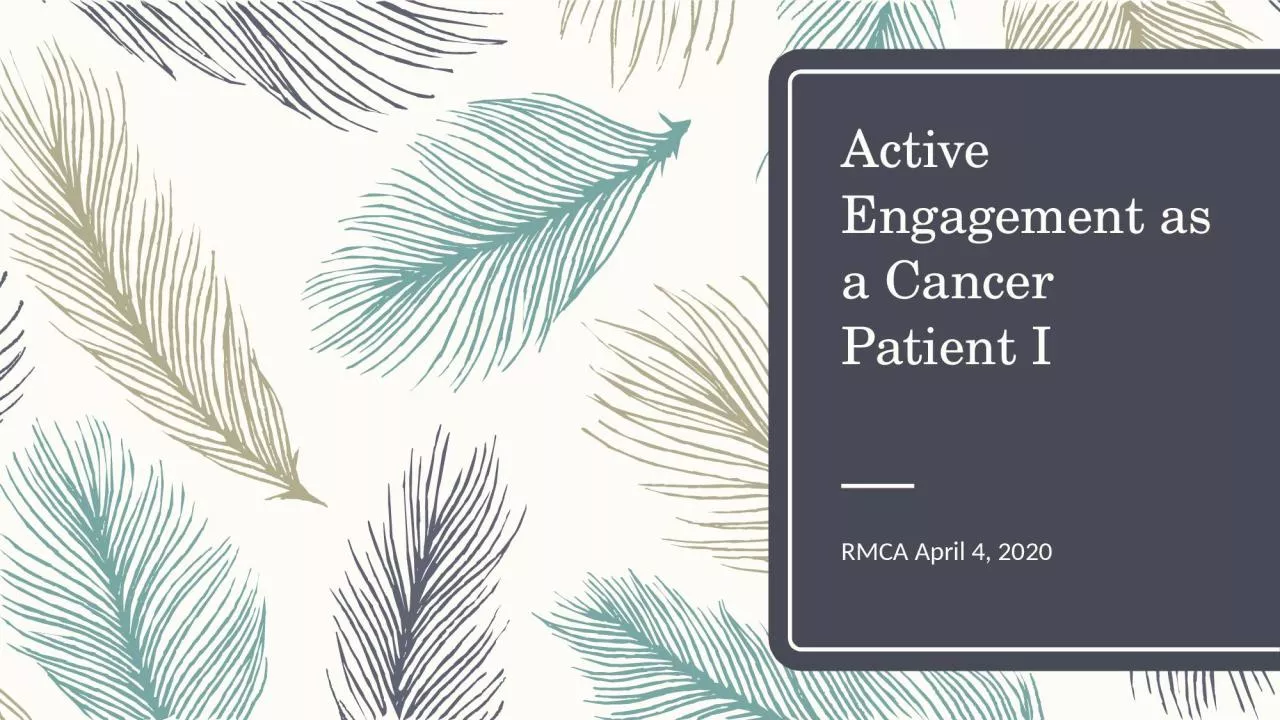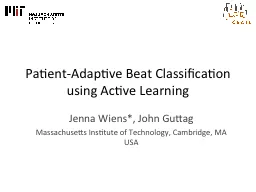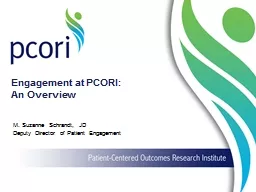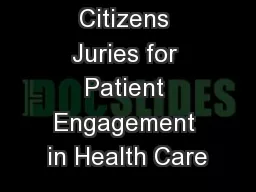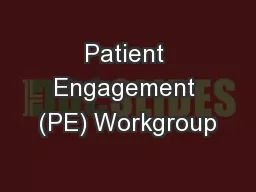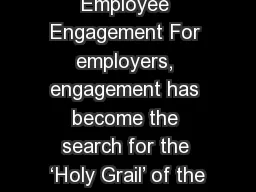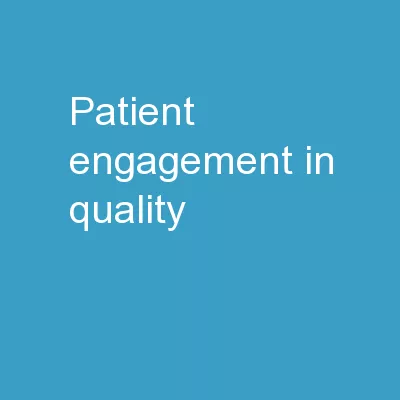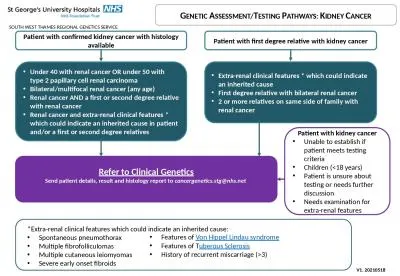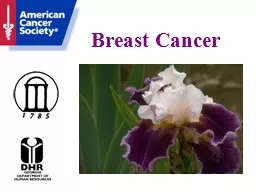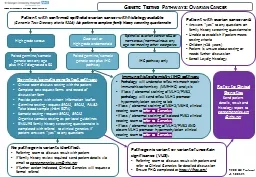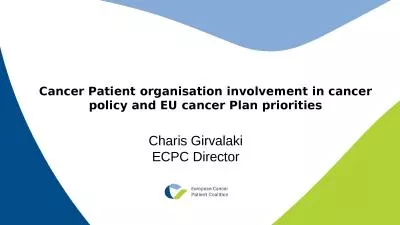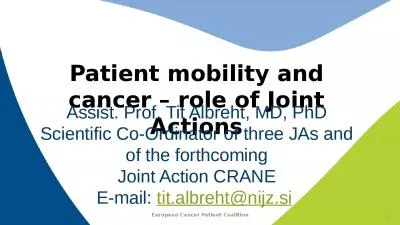PPT-Active Engagement as a Cancer Patient I
Author : joyce | Published Date : 2024-01-20
RMCA April 4 2020 Why This Paper 10 plus year BRCA1 Breast Cancer Survivor Due to the need to make daily life decisions during treatment and recovery about what
Presentation Embed Code
Download Presentation
Download Presentation The PPT/PDF document "Active Engagement as a Cancer Patient I" is the property of its rightful owner. Permission is granted to download and print the materials on this website for personal, non-commercial use only, and to display it on your personal computer provided you do not modify the materials and that you retain all copyright notices contained in the materials. By downloading content from our website, you accept the terms of this agreement.
Active Engagement as a Cancer Patient I: Transcript
Download Rules Of Document
"Active Engagement as a Cancer Patient I"The content belongs to its owner. You may download and print it for personal use, without modification, and keep all copyright notices. By downloading, you agree to these terms.
Related Documents

